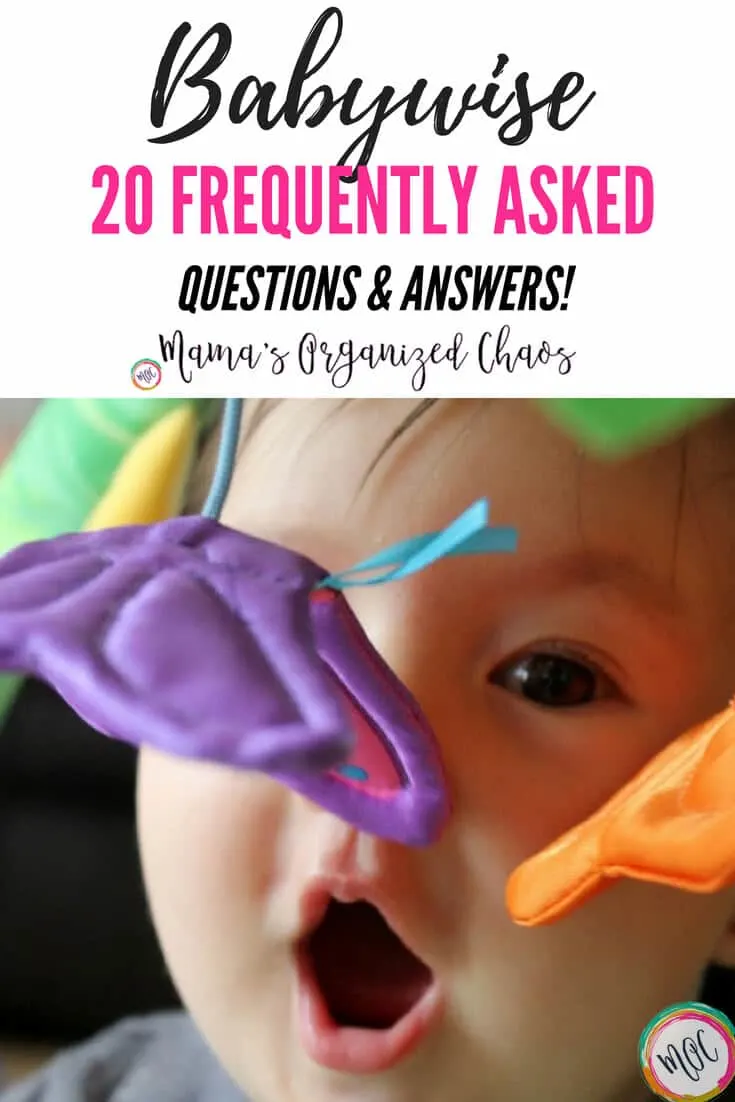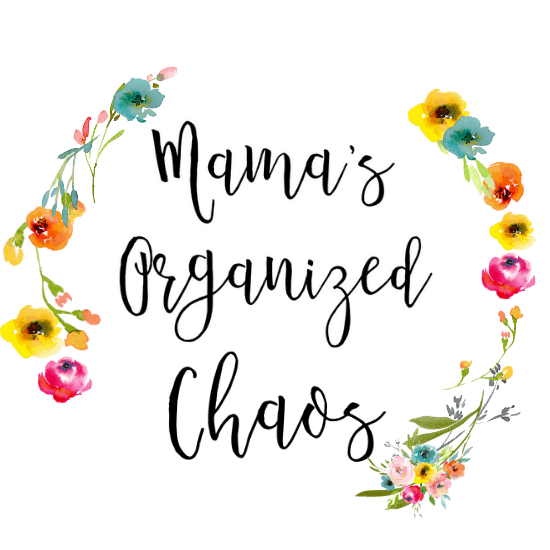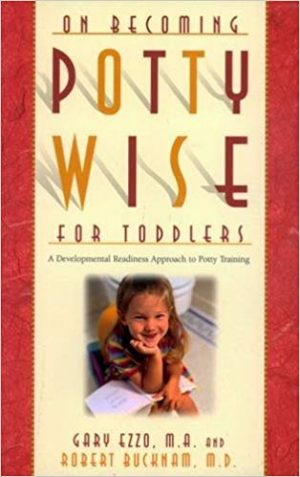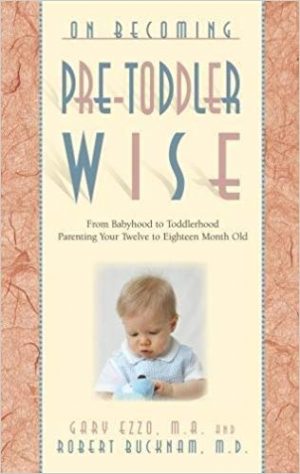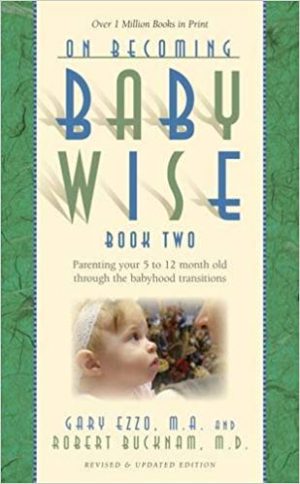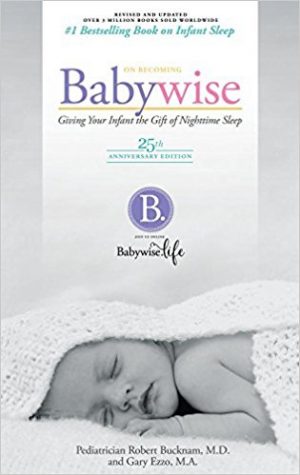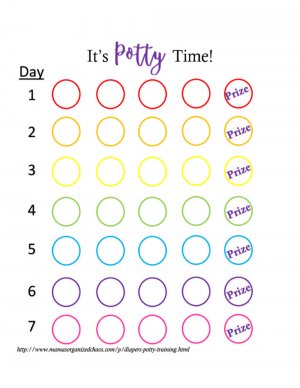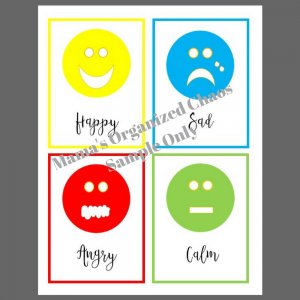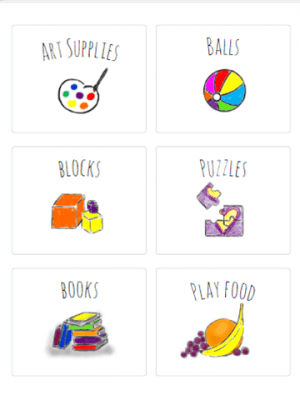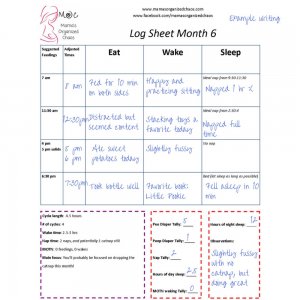
Links to Amazon on this blog are affiliate links*
Answers to some very common, frequently asked babywise questions can be found here. There is a lot of information packed into a small space on this page.
Make sure you click on the links provided for more reference with even more detail!
This is the quick and dirty version of these questions and answers.
I plan to expand on each and every topic. As I expand on these topics in more detail, I will also continue to place additional links within the text as a resource.
20 Frequently asked Babywise questions and answers
Have another question to ask?
Ask any additional questions in the comments section of this page.
These are the questions you will find answered below:
1- My baby wakes before our DWT (desired wake time), how can I fix this?
2- What is the 45 minute intruder?
3- How do I correct the 45 minute intruder?
4- How do I transition to fewer naps?
5- How do I devise a schedule for my baby?
6- How do I know when it is time to change the schedule?
7- Should I swaddle my baby? If so, when do I stop swaddling?
8- How do I get out of the house and keep my baby on a schedule?
9- What is a dream feed, and when do I do it?
10- What is cluster feeding, and when do I do it?
11- What cues do I look for to see if I need to increase or decrease baby’s wake time?
12- My baby won’t nap while I’m out. What do I do to handle this?
13- When and how do I go about dropping a feeding?
14- How do I deal with early nap wakings?
15- My baby rolls over, sits up, stands, etc. at night and cries until I come roll her back or lay her down. How do I correct this?
16- How do I go about giving solid foods?
17- How do I handle MOTN (middle of the night) wakings to set myself up for success?
18- When is it ok to start sleep training and where do I start?
19- At what age do you transition from the bassinet, to the crib?
20- I keep hearing that I should put my baby to bed before 8pm. Why is this? Won’t she just wake earlier in the morning if I do this?
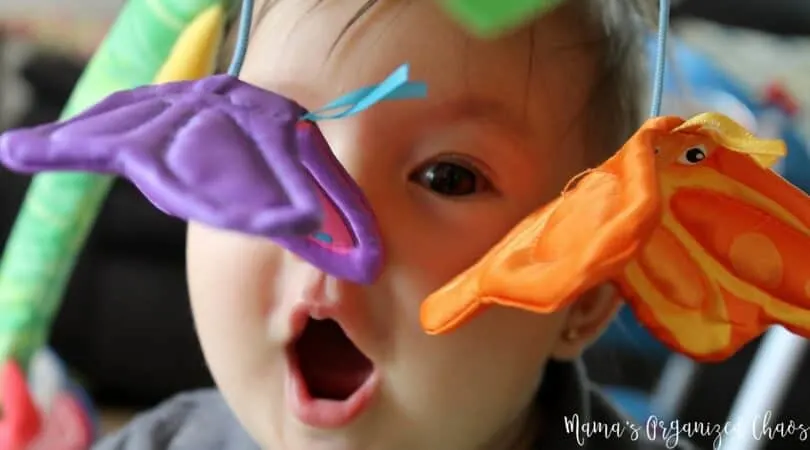
Get Your Copy of the Babywise Books:
Well, first of all, you may not need to do anything. If your baby is waking 30/45 minutes ahead of the DWT, and she is content, just leave her in her crib until DWT and start your day as usual. This is still restful time for her.
If baby is waking around the 5 am time frame, this means something in your schedule may need to be corrected, or she may just be waking out of habit. If your baby is waking out of habit (within 5 minutes of the same time every day), and if your baby is 4 months or older, you can try the CIO (cry it out) technique.
We successfully did cry it out at the 4-5 am time frame with both of our babies, and after only ONE night of crying for about 15-20 minutes, they both dropped the feed and never woke again.
I also had great success with something called the wake to sleep method. Basically, you rouse your child ahead of time so they continue through another sleep cycle. Read more here –> wake to sleep method.
Also, consider HOW much total sleep your child is already getting. If they are getting what they need in the 24 hour period already, then they simply won’t sleep anymore. Check out my post on Babywise sleep. Also make sure your baby isn’t getting too much daytime sleep by viewing our month to month schedules.
There might also be an issue with the schedule. Most common reasons for waking early are:
– Too many naps
– Naps are too lengthy
– Wake times are not long enough
Take a look at the schedules page for your baby’s age to see if you are around the ideal wake times, and length/number of naps.
Get your free wake time chart here.
Adults and babies alike transition through sleep cycles. For adults, this occurs about every 90-110 minutes, and for babies it occurs about every 45-50 minutes.
We transition from light sleep to a deep sleep, and then back to light sleep again. When a baby enters the light sleep phase again around the 45 minute mark, she will notice anything that is bothering her.
If she is uncomfortable, hungry, going through a growth spurt, teething, etc., – it might just wake her up! This is what we moms know as the 45 minute intruder.
Babies also need to learn how to transition between these sleep cycles.
Teach them how with this 3 step nap training guide.
If you need help troubleshooting the 45 minute intruder, click here for a detailed post!
Correcting the 45 minute intruder is challenging. It is like solving a mystery. There might be something bothering your baby, and you will have to figure out what it is.
It could also be that your baby is undertired or overtired (although overtired babies usually wake around the 30 minute mark). Baby may be going through a growth spurt and is hungrier than usual.
In your quest to solve the mystery, there are a few pages you can check out:
– Find information on growth spurts and when they happen
– Find out if it is time to adjust your baby’s wake time
– Find out if you have the appropriate length of wake times
– How to handle early nap wakings by age
Your baby may also simply need to be taught how to transition sleep cycles. We did nap training with our baby, and it worked great.
Find a printable troubleshooting guide to the 45 minute intruder at this page.
Change one thing at a time and see if it helps your baby sleep longer.
Dropping a nap can be a tough job. You’ll first need to rearrange your schedule and have a plan for what your day will look like. To get through the typical nap time, you’ll need to distract your baby! Go out, give your baby a snack, or play games.
Do whatever you have to do to keep your baby engaged in something. Some naps will be very easy to drop (the ones in the first few months are), and others will be incredibly difficult. When we dropped the last catnap and went down to 2 naps, it was extremely difficult.
So difficult, that I decided to write down everything we did to make it happen. These concepts and ideas can apply to dropping any nap, however.
Click here to check out how we dropped the last catnap.
How to make a schedule change
Find all of our nap posts on this page–> Nap Page 
Start by looking at the schedules page and getting a starting point for your baby’s age. Then, watch your baby as you try the schedule for a few days. Watch for sleepy cues and hunger cues to see if you need to tweak the schedule.
Not all 5 month old babies can handle the exact same wake times. The schedules page has estimates that you can follow and use as a baseline.
Visit the wake time page for a printable wake time chart.
Sleepy cues vary from baby to baby, but here are some to watch for:
– Rubbing eyes
– Burrowing head into you
– Yawning
– Pulling at ears
– Fussy and/or crying before nap time
Hunger cues also vary from baby to baby, but if you notice that you seem to have a habitually short napper, she could be waking early out of hunger, and you may need to shorten the cycle length.
If you need some basic posts on Babywise to help you get started, here are some great ones to start with:
Babywise Isn’t Imposing a Schedule, It’s Learning the Ideal Schedule for YOUR Child
Why I Chose to Start A Babywise Blog
How the Babywise Method Helps Babies Sleep Better
Why We Chose to Use the Babywise Method 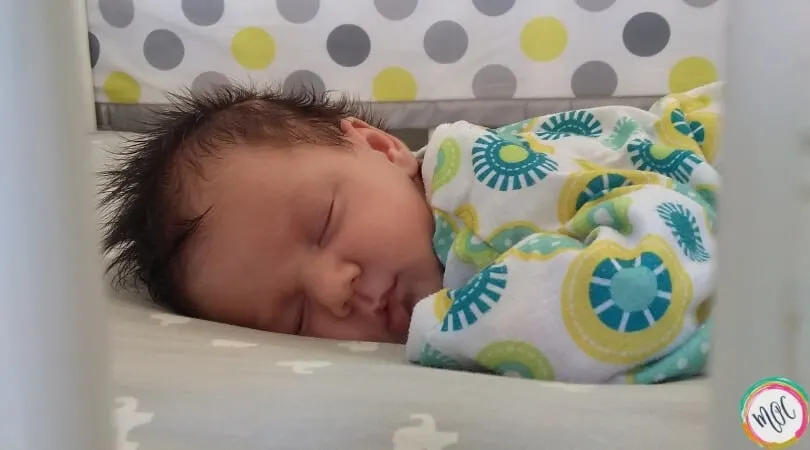
Typically, if you have had a good, consistent schedule going, you will be very aware of the fact that your baby is trying to tell you to change it up when it happens.
The most common schedule changes that need to be made involve increasing the wake times (which will also at times extend the overall cycle length), and/or dropping a nap.
You’ll know it’s time to do make a schedule change if you start to see some of these cues:
– Baby is resisting usual nap times
– Baby is not eating as much during scheduled feedings
– Baby is waking early from naps
Resources for you to make this transition:
– Find out when to increase baby’s wake time
– Check out your new monthly schedule
– Help dropping the catnap (concepts apply at any age for any nap)
– How to make a schedule change
– When to drop a nursing session/bottle
– Troubleshooting the 45 minute intruder
– Average Wake times by Age
I think swaddling helps tremendously in the early stages!
Babies have what’s called the moro reflex (more commonly referred to as the startle reflex). If something startles your baby (a loud noise, her own cry, a sudden movement she makes, etc.), she is literally startled, and her arms and legs jerk backwards, giving her the sensation she is falling.
Back when we were all babies, babies used to sleep on their bellies, which eliminated this feeling, and was comforting to them. Now that we are told to place babies to sleep on their backs, the swaddle helps them get through while they outgrow this reflex.
Babies typically outgrow the moro reflex around 4 to 6 months of age. Unfortunately, many babies learn to roll around this time frame as well. As soon as your baby is rolling, they need to be unswaddled for safety reasons.
Our daughter hated the typical DIY/receiving blanket swaddles and broke out of them. The swaddleme worked for awhile and kept her from breaking out, but she still grunted and made it clear she was not a fan.
We noticed that she comfortably slept with her arms above her head, so it was no surprise that she loved this swaddle that keeps her arms up! We even used it again with our son, and he, too – loved it!
When your baby wakes, feed her as usual. Then immediately leave the house for a short outing. Plan on heading home around nap time.
Your baby may fall asleep on the car ride home, in which case you can practice transferring her into the crib (yes it does require practice), or she may wait to sleep until you get home.
Either way, plan short, simple outings throughout the week and plan around your baby’s schedule.
The schedule will naturally lengthen as she gets older, and you will have more time. Babies enjoy these small outings as it keeps them stimulated, and you will appreciate getting out of the house as well.
If you are lucky, you might have a baby that sleeps while you are out, so you could potentially stay out into and/or through the nap time. I would not advise this on a regular basis, however, because the sleep baby gets while on the go will not be near as restful.
We typically made a point of being home for naps. Babies get their best sleep (as we all do), when it is uninterrupted.
On the go, is simply not the most restful sleep. We all know how it feels to try and sleep in a car. Little bumps wake you up, etc. Being at home, and having your baby in their crib is ideal.
Don’t stress if this isn’t your first baby and they are having to go for school drop offs, etc. Our second had to do this and just became flexible and learned to go with the flow.
A dream feed is a calm, quiet feeding that occurs after you have put the baby to sleep for the night (around 10-11:30pm). It is called a dream feed, because you rouse baby just enough to eat. Most likely baby’s eyes will still be closed and you keep the lights off and try not to stimulate them at all.
I personally never liked the dream feed (with either baby) and have not heard many success stories with it. I could never keep our baby sleepy enough yet willing to actually eat, and it always ended up backfiring on us. I think it is VERY dependent on your child as to if this will work.
I have also heard so many stories of the dream feed disrupting sleep and causing early morning wakings. I, personally, would not recommend dream feeding as I didn’t see good results when trying it with our babies. I do recommend cluster feeding, however!
Cluster feeding is feeding baby several times, close together, right before bed.
We did this when our daughter was 2 months old, and it worked great. Babies are extra fussy in the evenings, so nursing or giving a bottle will help soothe them. Doing this also gets extra food into her so she can sleep longer at night and not wake out of hunger.
Check out our 2 month old schedule to see how we structured our cluster feedings in the evenings.
Needing a decrease in wake time is easy to spot. Naps will be about 30 minutes, because baby is overtired. Your baby will be extra fussy before naps because she is tired and not getting to sleep when she needs to.
Needing to increase wake time can be a bit more tricky. It can also result in short naps, but typically naps are around 45 minutes in length instead of 30.
This post explains what cues to look for and how you’ll know it’s time to increase baby’s wake time.
This post will explain how to make the change in your baby’s schedule.
This post will help you troubleshoot the 45 minute intruder.
This post provides you with a free printable for ideal wake times by age.
Personally, I wouldn’t go out when your baby needs to nap, unless you absolutely can’t avoid it. The most restful sleep happens in a quiet setting (at home in the crib). It is hard to nap on the go (whether in the stroller or in the car).
I would certainly have a hard time napping, and if I did nap, I know it would not be uninterrupted and restful. I plan my outings for when my baby is awake, and we head home when it is nap time.
Eventually, your baby’s wake times increase, and baby will nap fewer times a day, meaning you will have more freedom as baby gets older.
If you need to go out during nap time, plan on bringing something to keep your baby entertained, if you know that he/she is not good at napping while you are out.
You will notice that your baby is eating less and less each feeding. Your baby may be uninterested all together. Either way, your baby will definitely tell you; just pay attention to how much she is eating and how interested she seems.
You can check out our monthly schedules for a baseline and an idea as to how many feedings your baby might need at her specific age.
– When to drop a nursing session/bottle
This post will help as well –> How to make the change to your baby’s schedule
When you do make the change to your baby’s schedule successfully, you’ll notice much better feedings happening!
As a general rule of thumb if baby wakes after the 30 minute mark, she is overtired. She may need shorter wake times, or less stimulation during the wake times.
If she is waking after the 30 minute mark and is upset, something is most likely bothering her (hungry, uncomfortable, cold, etc).
If she is waking after the 30 minute mark but wakes happy, she may be undertired- meaning she needs longer wake times throughout the day.
Sometimes a schedule change needs to be made. See questions 3, 4, 5, 6, and 11 above for more help on this. And see the wake time chart in this post for ideal wake times by age.
Full post–> Waking early from naps- what to do This post is broken down by age.
Other times, you are not quite ready for a schedule change, and baby isn’t ready for extended wake times. So you have 3 options:
If your baby wakes early, you can simply feed and start a new eat, wake, sleep cycle on the adjusted schedule.
Your bedtime in this scenario is often earlier than normal.
You can do an EWSW (eat, wake, sleep, wake) cycle.
Your baby wakes early, and instead of feeding immediately, you give her restful awake time, and then feed at the normal, scheduled time. Make sure your baby is not waking out of hunger if you choose this option.
Read about the eat wake sleep cycle here.
When baby is old enough (4 months +), you can simply leave her in her crib until nap time is over.
I often have a rule that I leave our daughter in her crib for a full hour from the start of a nap. You may also want to check out our nap training page for some helpful tips on helping your baby to sleep when she is supposed to and for the right amount of time.
Unless you want to have to keep rolling your baby over in the middle of the night, or laying her down when she stands up, do not help your baby. You can show her the first few times so that she knows what she needs to do, but don’t make a habit out of it, as she will quickly rely on you.
Odds are, when you roll her back or lay her down, she will quickly pop right back up anyways. She will figure it out, and she will want to figure it out.
We decided to give solid foods at 4 months. It is recommended that you start solid foods between 4-6 months of age.
This post will tell you all about our journey with solid foods and the steps we took.
A quick overview: We started oatmeal at 4 months, did purees at 5 months, started bite sized pieces at 6 months, and by 7 months she was eating what we eat for the most part.
This is a great post to read on knowing when your baby is ready for solid food.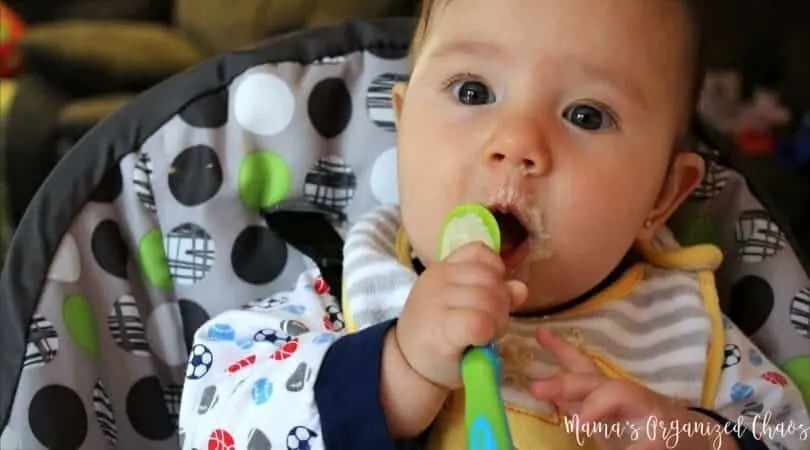
There were several steps we took from day 1 to make sure we were successful with our baby sleeping through the night.
In a nut shell- don’t just assume your baby is hungry and feed her. This can cause her to be reliant on nursing or getting a bottle in order to fall asleep. Once baby is old enough (4 months +), you can also start sleep training, which will help tremendously.
You’ll want to exhaust all of your options before feeding your child. To start with just try and get your baby back to sleep. If that doesn’t work, start troubleshooting. Does your baby need to be reswaddled? Does your baby need a diaper change? Do all of those things before feeding.
Read this post for more detail–> 4 Steps To Handle Middle of the Night Wakings
I also have a completely different method that I love now- feeding immediately and keeping your baby asleep. We dropped all MOTN feeds for our PREEMIE by 4 months (less than 3 months adjusted age) using this method!
Research shows that it is ok to begin sleep training when your baby knows how to self soothe (suck on hand, suck on finger, etc). This usually happens around 4 months.
Check out our sleep training information page.
We logged everything we did at the above page with our baby at 4 months and even wrote down how it went, day by day.
You might also want to check out this post on how Babywise relates to sleep training. 
I would recommend at 4-6 weeks. At this age, your baby is getting up less and less in the middle of the night, and the sooner the transition happens the better.
We did not feel comfortable moving our babies out of our room until this age. I am so glad we made the transition when we did, however, because they both got much better sleep as a result. We were able to start better routines, and they quickly learned that being in the crib meant it was time to sleep.
Babies are noisy sleepers. When in our room in the bassinet, our babies kept everyone awake. We also responded to our baby too quickly at times. We really had to learn to ignore some noises, because babies can make noises while asleep and not be needing us.
Babies and adults get a cortisol surge in the evenings. It’s that moment when you are so tired that you can’t keep your eyes open, but then when you finally go to bed, you can’t seem to sleep.
This is the cortisol surge. For babies, it happens around the 8pm time frame. If we can put them to bed before the surge, they will fall asleep easier and avoid the fussy period that can happen in the evenings.
We didn’t start having an early bedtime until 3 months of age, because babies still need around 6/7 feedings up until this age. Fitting those in, requires keeping baby up after 8pm. Once they are down to 5 feedings, however, the schedule gets easier to work around the 8pm time.
I was petrified that putting her to sleep earlier would cause her to wake earlier in the mornings. I kept reading that she would still sleep as long, if not longer, but I just didn’t believe it.
Well, it’s true. She slept until the same time in the morning, sometimes longer! It was easier to get her down for the night, and she got better, more restful sleep as a result.
Check out our 3 month schedule to see when we first changed our schedule to reflect the new bedtime.
Our toddler still shows us these same results. On nights that she is up late for some reason, she wakes up early. On nights that she goes to bed on time (luckily that’s 99% of the time), she wakes at her normal time.
Find printable schedules and more in my shop:
If you have other questions you’d like answered, please ask them in the comments!
